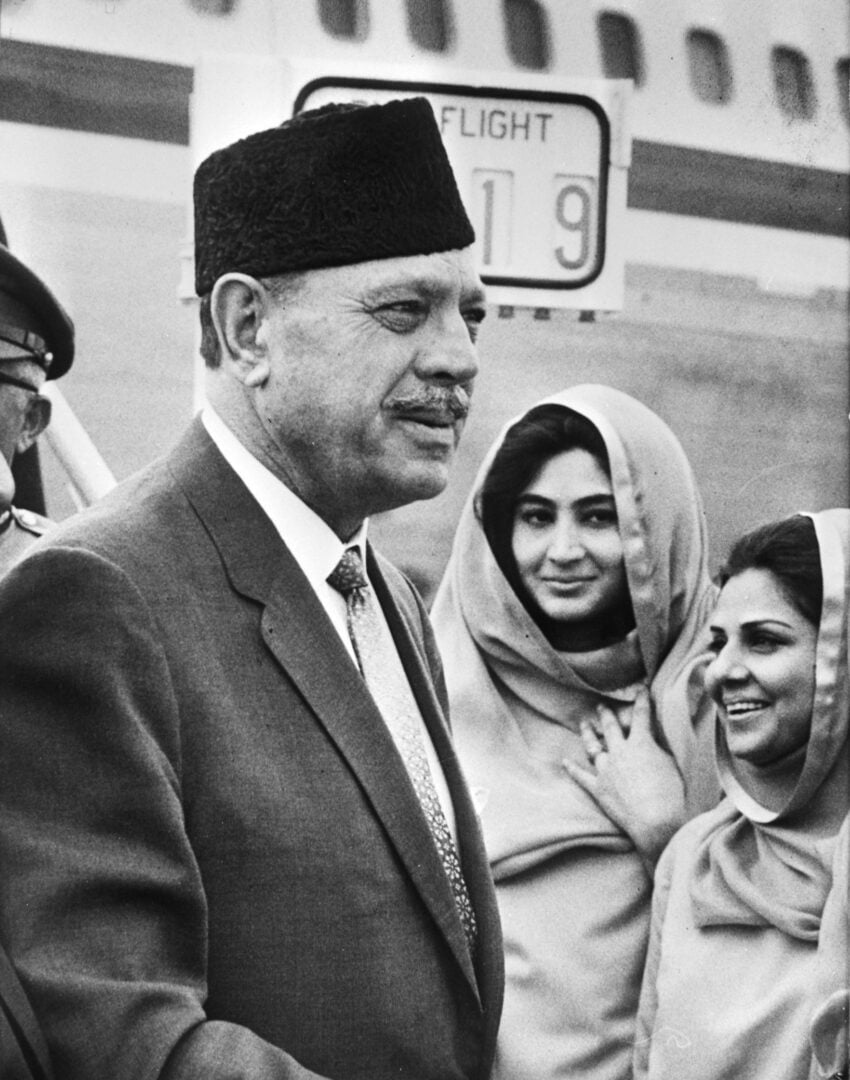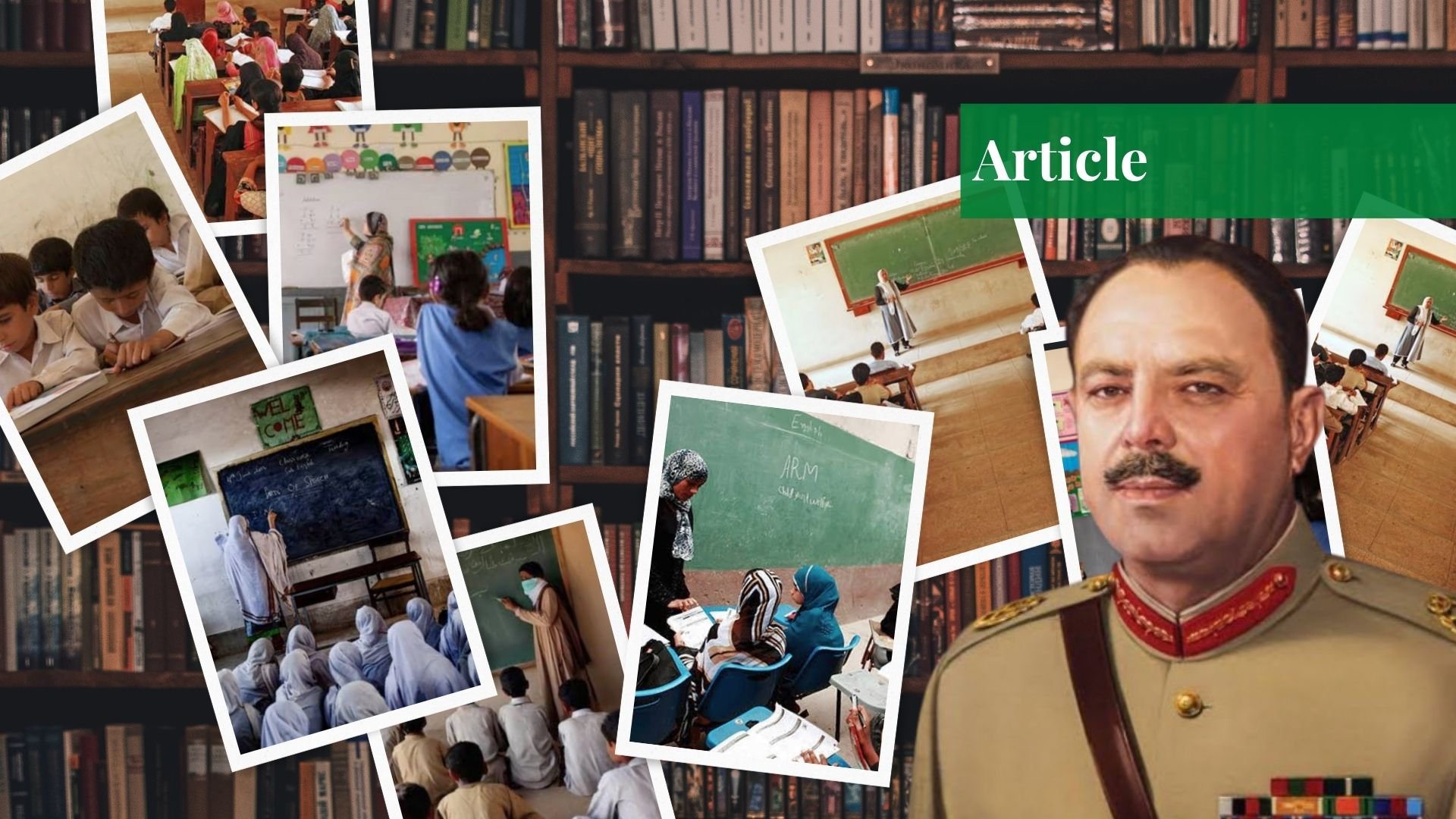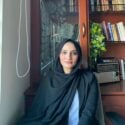Introduction
Mohammad Ayub Khan, born in a small town in Hazara, Pakistan, made a significant impact on the nation’s history. He studied at Aligarh Muslim University in Uttar Pradesh and later at the British Royal Military College at Sandhurst, where he was commissioned as an officer in the Indian Army in 1928. He served in World War II as the second-in-command of a regiment in Myanmar and later commanded a battalion in India. After the partition in 1947, Ayub Khan swiftly rose in rank—from major general in 1948 to commander-in-chief of the newly formed Pakistan Army in 1951.

Following the assassination of the first prime minister of Pakistan, Liaqat Ali Khan, in 1951, Iskandar Mirza assumed the presidency. At this time, the state, having only four years of history, faced political turmoil and unrest. Upon assuming the presidency, Iskander Mirza abrogated the 1952 constitution and appointed Ayub Khan as the chief martial law administrator. This move empowered Ayub Khan, and within months, he unexpectedly assumed the presidency and exiled Iskander Mirza to England. This marked the beginning of the eleven-year-long Ayub Khan Era, the effects of which are evident even today.
Presidential Tenure (1958-1969)
Ayub Khan held the office of president from 1958 to 1969. This period is also known as the era of modernization, as the Ayub Khan administration introduced policies to restore the nation’s economy. The Ayub Khan administration introduced a system of “basic democracy” in 1960. Under this system, primary governing units were set up in different areas of the country, responsible for local affairs. These governing units were also tasked with acting as a bridge between the government and the people, aiming to connect the administration to the grassroots level. Constituencies of up to 1,000 people voted for the election of the representatives of the governing units. In 1965, all the representatives indirectly re-elected Ayub Khan as the president of Pakistan under the 1962 constitution.
Reforms Introduced by Ayub Khan
During his eleven years in office, Ayub Khan implemented various reforms and projects, including educational, agricultural, and industrial initiatives, as well as relocating the country’s capital from Karachi to Islamabad. Agricultural reforms aimed to promote more efficient farming practices and involved the construction of two dams to enhance irrigation. The government also provided loans to farmers for building wells and introduced new machinery to boost productivity.
Ayub Khan’s government initiated industrial reforms with financial support from industrialized countries such as the UK, the USA, and Germany. An oil refinery and the Mineral Development Corporation were also established by the administration in Karachi in 1962. Consequently, these industrial reforms generated a 7% annual economic growth in 1960, three times that of India. Ayub Khan’s administration also introduced multiple educational reforms across the country. These reforms were initiated with the aim of growth in literacy rate and to make education accessible to all.
Ayub Khan’s Educational Reforms
National Education Commission 1959
Shortly after declaring martial law, the Ayub Khan government established the National Education Commission in 1959, also known as the Sharif Commission. This was the first commission of its kind in Pakistan, created with the belief that the existing education system was not adequate for the changing times. The commission introduced several significant initiatives, including making religious education compulsory and introducing technical vocational training to enhance the workforce.
It also emphasized the importance of equal education for both males and females, which was considered a major step toward modernization. Despite the valuable recommendations made by the commission, the government struggled to implement them due to a lack of resources and proper planning. The administration did, however, successfully establish a secondary and higher secondary education board to regulate education from grades 6 to 11 across the country.
The Second Education Plan
Subsequently, the administration launched a second plan aimed at increasing enrollment in educational institutions by 56% by 1965; however, it only achieved a 36% increase. This failure occurred because the government did not account for the rising population, which was crucial for the education plan’s success.
The Third Education Plan
The third plan, initiated by the Ayub Khan government, aimed for a 70% increase in enrollment but ultimately failed as well, primarily due to insufficient budget allocations for education reforms.
Increase in Duration of University Degrees
As part of the educational reforms, the Ayub Khan government decided to increase the duration of university degree courses from 2 years to 3 years. This change was recommended to better equip students with the necessary knowledge and training in their fields. However, this reform was met with student unrest across the country, ultimately leading to its cancellation.
Central Institute of Islamic Research
In 1960, the Ayub Khan government established the Central Institute of Islamic Research to study complex questions of Shariah. Its goal was to better understand Islamic principles and integrate them into daily life and public affairs. Dr. Fazlur Rehman, a prominent scholar, was appointed as the director of the institute by Ayub Khan. Renamed the Islamic Research Institute, it still exists in the Faisal Masjid complex in Islamabad, making meaningful contributions to Islamic research.
Conclusion
Although Ayub Khan’s administration introduced modern and forward-thinking reforms in the education sector, it also faced significant criticism. The government claimed that its objective was to unify the country through education and make it accessible to all. However, it became apparent that the programs and initiatives were biased. Male students were given priority over female students, and most of the educational reforms introduced by Ayub Khan were focused primarily on West Pakistan. This created a disparity in literacy rates between East and West Pakistan.
Another shortcoming was that the implementation of educational reforms favored students from English-medium schools, making them more likely to become future rulers and administrators. In contrast, students from government schools often end up in blue-collar jobs. While the era of Ayub Khan was marked by modernization through various reforms, the failure to adequately implement educational reforms hindered the overall development of the country.
If you want to submit your articles and/or research papers, please visit the Submissions page.
To stay updated with the latest jobs, CSS news, internships, scholarships, and current affairs articles, join our Community Forum!
The views and opinions expressed in this article/paper are the author’s own and do not necessarily reflect the editorial position of Paradigm Shift.
Fatima Mazhar is a 9th-semester law student at the International Islamic University, Islamabad. She is currently serving as the chairperson of the Law Students Council, Pakistan.



